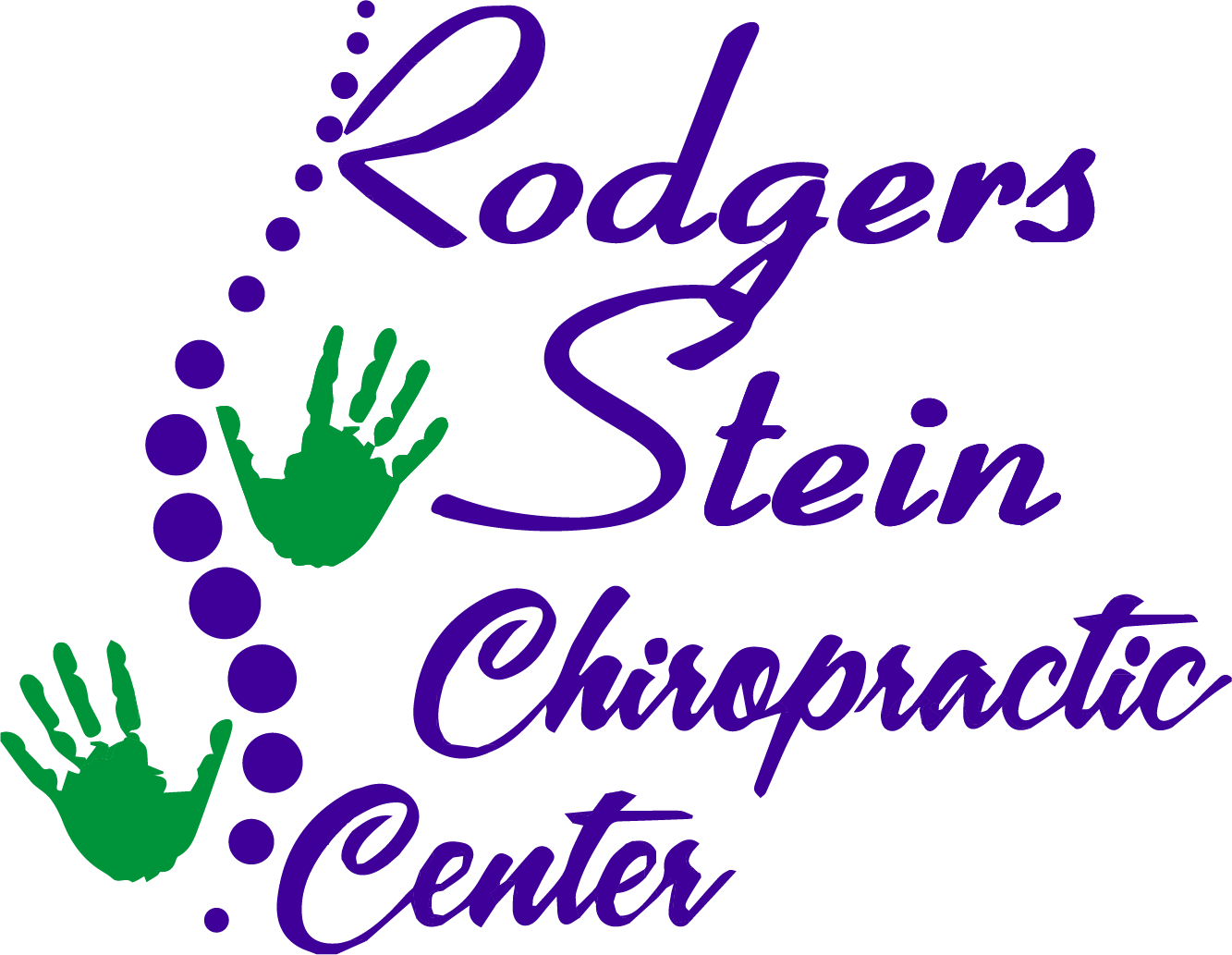When it comes to back pain relief, you've got a variety of options at your disposal, from over-the-counter medications to alternative therapies. You might find that while some solutions offer quick relief, others focus on long-term recovery. It's not just about what feels good now; it's about what will work best for your specific situation. As you weigh these choices, consider how different methods can impact your daily life and overall well-being. There's more to explore about these options, and understanding the nuances could make all the difference for you.
Over-the-Counter Medications
Managing your back pain often starts with over-the-counter medications that can provide quick relief. These medications usually fall into two main categories: non-steroidal anti-inflammatory drugs (NSAIDs) and acetaminophen. NSAIDs, like ibuprofen and naproxen, work by reducing inflammation and alleviating pain. If you're dealing with swelling or soreness, these might be your best choice.
Acetaminophen, on the other hand, is effective for pain relief but doesn't tackle inflammation. If your back pain is more of a dull ache without swelling, acetaminophen could do the trick.
When considering which medication to use, always read the label for dosage instructions. It's vital not to exceed the recommended amount, as doing so can lead to serious side effects. If you're unsure which option is best for you, consult your healthcare provider for advice tailored to your specific situation. They can guide you based on your medical history and any other medications you're currently taking.
Additionally, be mindful of any potential interactions with other prescriptions or supplements. Some people may experience side effects like stomach upset or dizziness, so it's a good idea to start with the lowest effective dose and monitor your body's response.
Physical Therapy Techniques
When you're dealing with back pain, physical therapy techniques can be a game changer.
Manual therapy can help relieve tension, while targeted exercise and rehabilitation programs strengthen your back and improve mobility.
Let's explore how these approaches can lead you to a pain-free life.
Manual Therapy Techniques
If you're struggling with back pain, manual therapy techniques can offer significant relief. These hands-on approaches focus on manipulating the body's soft tissues and joints to alleviate discomfort and improve mobility.
Techniques like spinal manipulation, mobilization, and soft tissue massage are commonly used by physical therapists to help you regain function and reduce pain.
Spinal manipulation involves applying controlled force to your spine, which can help realign vertebrae and reduce nerve irritation. Mobilization, on the other hand, uses gentle movements to increase range of motion in your joints. This can be particularly beneficial if stiffness is contributing to your pain.
Soft tissue massage targets muscles, tendons, and ligaments, promoting blood flow and reducing tension. This can help relieve muscle spasms that often accompany back pain. Each technique is tailored to your specific needs and condition, ensuring you get the most effective treatment.
Manual therapy techniques are often a vital part of a thorough approach to back pain relief. By working closely with a qualified therapist, you can experience a reduction in pain and an improvement in your overall quality of life.
Exercise and Rehabilitation Programs
Building on the benefits of manual therapy techniques, exercise and rehabilitation programs play an essential role in your recovery from back pain. These programs are designed to strengthen your muscles, improve flexibility, and enhance overall function. When you engage in targeted exercises, you'll help stabilize your spine and prevent future injuries.
Physical therapy often includes a combination of stretching, strengthening, and aerobic exercises. Stretching helps alleviate tightness, while strengthening exercises focus on your core, back, and pelvic muscles. This balanced approach not only reduces pain but also enhances your range of motion.
Additionally, rehabilitation programs often incorporate education about body mechanics and posture. Understanding how to move safely and efficiently can greatly reduce strain on your back. Your therapist will tailor a program to your specific needs, ensuring you're working at the right intensity and progression.
Stay consistent with your exercise routine, as it's essential for long-term relief. You may find that even small, regular workouts can lead to considerable improvements in your back pain.
Alternative Remedies
How can alternative remedies provide relief from back pain? If you're looking for options beyond conventional medicine, alternative remedies may be worth exploring.
Many people find relief through practices like acupuncture, which involves inserting thin needles at specific points on the body. This can help reduce pain and improve mobility by stimulating your body's natural healing processes.
Another popular option is chiropractic care. Chiropractors use hands-on spinal manipulation to align your body's musculoskeletal structure, which can alleviate discomfort and restore proper function. You might find that regular visits lead to significant pain reduction and improved posture.
Herbal treatments, such as turmeric or ginger, are also gaining attention for their anti-inflammatory properties. You can easily incorporate these into your diet or consider supplements, but make sure to consult with a healthcare professional before starting any new regimen.
Additionally, mindfulness practices like yoga and meditation can help you manage stress and tension in your body. These techniques may not only ease your back pain but also improve your overall well-being.
Lastly, consider incorporating essential oils like peppermint or eucalyptus into your routine. Massaging these oils into your back can provide soothing relief and promote relaxation.
Prescription Treatments
When back pain persists, your doctor might recommend prescription medications to help manage your symptoms.
It's important to understand the common options available, as well as their potential side effects and the recommended duration of treatment.
This knowledge can empower you to make informed decisions about your pain relief journey.
Common Prescription Medications
Many people struggling with back pain find relief through common prescription medications designed to alleviate discomfort and improve mobility. Doctors often recommend nonsteroidal anti-inflammatory drugs (NSAIDs) like ibuprofen or naproxen to help reduce inflammation and provide pain relief. These medications can be effective for managing mild to moderate back pain, allowing you to regain some normalcy in your daily activities.
For more severe pain, opioid medications may be prescribed on a short-term basis. While they can offer significant relief, they're typically reserved for cases where other treatments haven't worked.
Muscle relaxants are another option, often used to address pain stemming from muscle spasms. They can help you feel more comfortable and enable easier movement.
In some cases, your doctor might suggest antidepressants, which can also help relieve chronic pain by affecting how your brain processes pain signals. Corticosteroids may be prescribed as well, especially if inflammation is a major factor in your pain.
Potential Side Effects
While prescription medications can provide significant relief for back pain, they come with potential side effects that you should be aware of. Opioids, for instance, may effectively reduce pain but can also lead to addiction, constipation, and drowsiness. You might find that your tolerance increases over time, necessitating higher doses for the same effect, which raises the risk of dependence.
Nonsteroidal anti-inflammatory drugs (NSAIDs) can cause stomach irritation, ulcers, and even kidney issues with prolonged use. If you take muscle relaxants, watch out for dizziness, dry mouth, and fatigue, which can affect your daily activities.
Corticosteroids may help reduce inflammation but can lead to weight gain, mood swings, and increased blood sugar levels.
It's essential to discuss these potential side effects with your healthcare provider before starting any prescription treatment. They can help you weigh the benefits against the risks, adjusting your treatment plan if necessary.
Always report any adverse reactions you experience, as they can guide your provider in finding a safer, more effective solution for your back pain. Understanding these side effects can empower you to make informed choices about your pain management.
Duration of Treatment
Determining the duration of prescription treatments for back pain can vary considerably based on individual circumstances. Your specific condition, the severity of your pain, and how you respond to treatment all play significant roles in this timeline.
Generally, doctors may recommend a short-term course of medication, often lasting from a few days to a couple of weeks. This initial phase aims to manage acute pain effectively.
If your pain persists, your doctor might suggest extending the treatment or adjusting the medication. For chronic back pain, long-term prescriptions could be necessary, but it's essential to regularly assess their effectiveness and any potential side effects.
You should communicate openly with your healthcare provider about how you're feeling, as this feedback can help tailor your treatment plan.
Surgical Options
When back pain becomes debilitating and non-surgical treatments fail, you might evaluate surgical options as a viable solution. Surgery can provide significant relief, especially for specific conditions like herniated discs, spinal stenosis, or spondylolisthesis. Understanding the types of surgical interventions available can help you make an informed decision.
One common procedure is a discectomy, where the surgeon removes a portion of a herniated disc that's pressing on a nerve. This can alleviate pain and other symptoms.
Another option is spinal fusion, which involves joining two or more vertebrae to stabilize the spine and reduce pain. While effective, it does come with a longer recovery time.
For those dealing with severe spinal stenosis, a laminectomy may be recommended. This procedure involves removing part of the vertebra to relieve pressure on the spinal cord and nerves.
If you're experiencing chronic pain due to degenerative disc disease, an artificial disc replacement might also be evaluated, where the damaged disc is replaced with an artificial one.
Before proceeding with any surgical intervention, it's important to discuss the potential risks and benefits with your healthcare provider. They'll help you weigh the possible outcomes against your current condition and lifestyle.
Lifestyle Modifications
Making small, consistent lifestyle modifications can greatly impact your back pain management. Start by examining your posture. Whether you're sitting at a desk or lifting objects, maintaining proper alignment can prevent unnecessary strain on your spine. Invest in ergonomic furniture to support your back during long hours of sitting.
Incorporating regular physical activity is another crucial change. Aim for low-impact exercises like walking, swimming, or yoga, which can strengthen your core muscles and improve flexibility. These workouts not only help alleviate pain but also boost your overall mood and energy levels. Remember to listen to your body and adjust your activities as needed.
You should also pay attention to your weight. Excess body weight can put additional pressure on your back, so adopting a balanced diet rich in fruits, vegetables, lean proteins, and whole grains can help you maintain a healthy weight. Staying hydrated is important too; adequate water intake supports overall health and helps prevent muscle cramps.
Sleep plays a significant role in back pain management as well. Make sure you have a supportive mattress and practice good sleep hygiene. Try to sleep on your side with a pillow between your knees to keep your spine aligned.
Lastly, managing stress through mindfulness techniques, meditation, or deep breathing exercises can help you cope with pain more effectively.
Conclusion
In managing back pain, it's essential to explore various options tailored to your needs. Over-the-counter medications can offer quick relief, while physical therapy and exercise pave the way for long-term recovery. Don't overlook alternative remedies like acupuncture or mindfulness practices for a holistic approach. If your pain persists, prescription treatments or even surgical options may be necessary. By combining lifestyle modifications with these strategies, you can effectively manage your back pain and enhance your overall well-being.



